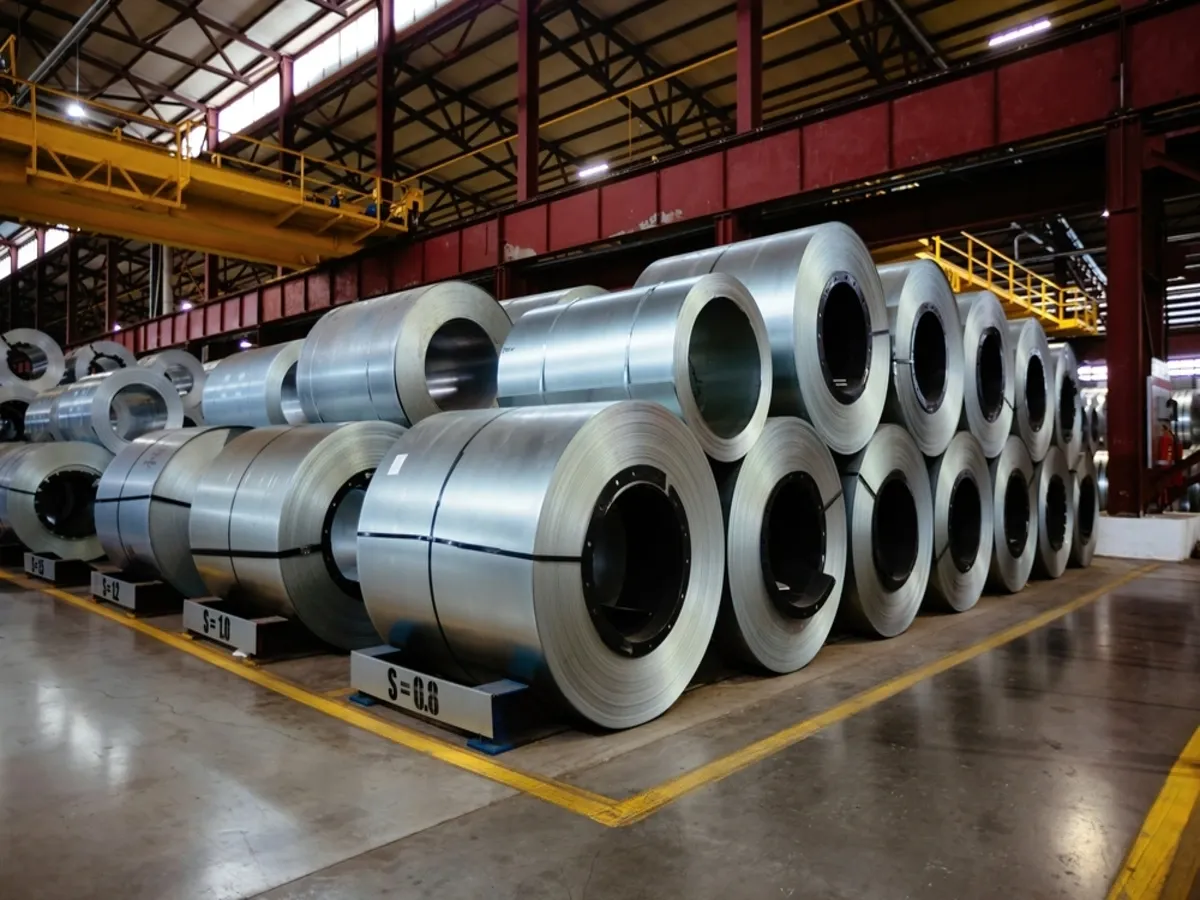Market News
Tata Steel, SAIL, and NMDC in focus as a safeguard duty on steel imports likely to be imposed soon
.png)
4 min read | Updated on February 24, 2025, 11:05 IST
SUMMARY
The NIFTY Metal index surged over 5% last week, emerging as the top-performing sector. Leading the gains, stocks like Tata Steel, NMDC, and Steel Authority of India reclaimed their 21-day and 50-day exponential moving averages, posting weekly gains in the range of 5% to 10%.
Stock list

NMDC reclaimed its 21-day and 50-day EMAs last week. | Image: Shutterstock
Last week, U.S. President Donald Trump's announcement to impose a 25% tariff on all steel and aluminium imports further strengthened the case for domestic players to seek protection from the government. TV Narendran, CEO and managing director of Tata Steel, said the industry is expecting news from the government soon on safeguard duties after it raised concerns about the same.
Over the past few years, the domestic steel industry has been adversely affected by the influx of cheaper Chinese steel. Imported steel prices remain significantly lower than domestic prices, even with a basic duty of 7.5%, resulting in lower profit margins for domestic players and discouraging new investment in the sector.
Stocks in focus

Similarly, NMDC reclaimed its 21-day and 50-day EMAs last week, approaching the immediate resistance zone at ₹69. For directional cues, traders should monitor its price action around ₹69 and the 200-day EMA. A decisive close above these levels could drive further upside, while a rejection may push it back into a consolidation phase between ₹69 and ₹59.

Steel Authority of India (SAIL) also gained positive momentum last week, reclaiming its 21-day and 50-day EMAs. However, it faced resistance near ₹115, limiting further gains. A breakout above this level could extend the rally toward the 200-day EMA, strengthening the bullish outlook. Conversely, if the stock fails to surpass this resistance, it may enter a consolidation phase within the ₹99-₹115 range.

Bullish outlook on Tata Steel, NMDC and SAIL
Bearish outlook on Tata Steel, NMDC and SAIL
With an at-the-money (ATM) strike of 141, if you buy an ATM put option, the breakeven point will be ₹139, which is 1.2% from Friday's close of ₹140.76. If Tata Steel falls beyond this level, the strategy becomes profitable.
Conclusion
In a nutshell, a long-call strategy allows traders to profit from potential upside moves, while a long-put strategy benefits from declines. Options provide flexibility to capitalise on various market conditions—whether bullish, bearish or range-bound. However, past performance is not indicative of future results. Before implementing any strategy, it is crucial to assess the risks and have a well-defined loss mitigation plan in place.
Disclaimer
Derivatives trading must be done only by traders who fully understand the risks associated with them and strictly apply risk mechanisms like stop-losses. The information is only for educational purposes. We do not recommend any particular stock, securities and strategies for trading. The stock names mentioned in this article are purely for showing how to do analysis. Take your own decision before investing.
About The Author
Next Story


